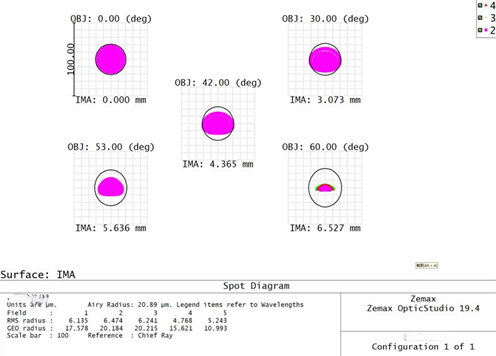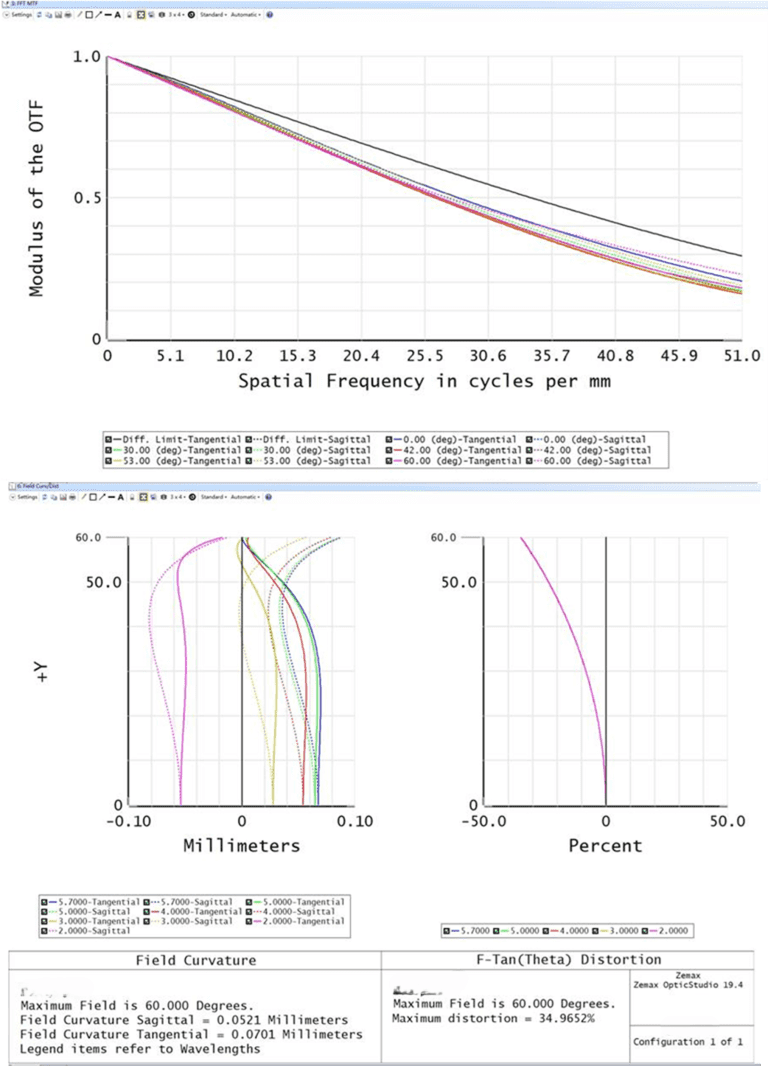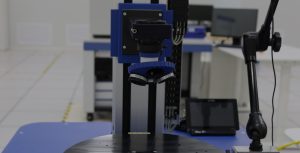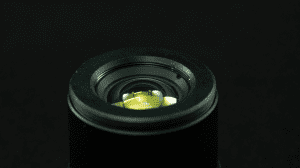Key Takeaways:
- A wide-angle thermal imaging lens, unlike narrow-angle lenses, captures a broad field of view for comprehensive monitoring and detection.
- They convert infrared radiation into visible images which show temperature variations. This is essential for surveillance, firefighting, search and rescue, industrial inspections, and environmental monitoring.
- Avantier’s lenses enhance situational awareness and thermal data analysis. Key considerations include materials that withstand -60°C to 60°C, anti-reflective coatings, and robust mechanical and optical design.
- They are crucial for modern thermal imaging and thermal camera applications including providing broad perspectives and producing high quality imaging.
Case Study: Wide Angle Thermal Imaging Lens
Introduction
Wide-angle thermal imaging lenses are advanced optical components designed to capture a broad field of view in thermal imaging applications. Unlike traditional narrow-angle lenses, these wide-angle lenses provide expansive coverage, making them ideal for applications that require comprehensive monitoring and detection. Thermal imagers equipped with wide-angle lenses can detect infrared radiation emitted by objects, translating it into visible images that highlight temperature differences. This technology plays a vital role in diverse fields, including surveillance, firefighting, search and rescue operations, industrial inspections, and environmental monitoring.
Avantier delves into this case study of thermal imaging lens, which provides a wider field of view to enhance situational awareness and enable more efficient and accurate analysis of thermal data.
Lens Specification
Focal Length | 5mm |
FOV | field of view 90°x70°, 120° diagonally |
Distortion | <30% |
MTF | >40%@30lp/mm |
Relative Illumination | 70% |
Temperature Range | -60℃ to 60℃ |
The table above shows an example of a wide-angle thermal imaging lens that features a focal length of 5mm and provides a field of view (FOV) of 90° by 70°, with a diagonal FOV of 120°. This expansive coverage allows for comprehensive surveillance and detailed thermal inspection in various environments. The lens maintains distortion levels below 30%, ensuring that the captured images are relatively free of significant optical aberrations that could distort the thermal data.
With a Modulation Transfer Function (MTF) greater than 40% at 30-line pairs per millimeter (lp/mm), this lens offers high resolution imaging capabilities, critical for detecting fine thermal details. Additionally, the lens achieves a relative illumination of 70%, ensuring that the brightness of the image remains consistent across the entire field of view, minimizing vignetting and enhancing image quality.
This wide angle thermal imaging lens is built to operate effectively within a temperature range of -60°C to 60°C, making it suitable for challenging environments ranging from arctic conditions to high-temperature industrial settings. Its robust design and advanced optical characteristics make it indispensable in applications such as surveillance, firefighting, search and rescue operations, industrial inspections, and environmental monitoring. By offering a broad perspective and high performance, wide-angle thermal imaging lenses significantly enhance situational awareness and thermal data analysis.
Design for the Thermal Imaging Lens

The spot diagram illustrates the spot sizes at various field angles (0°, 30°, 42°, 53°, and 60°). The spots are compact and well-contained within the Airy disk, indicating good focus and minimal aberrations.
- 0° (on-axis): Spot size is minimal, indicating excellent on-axis performance.
- 30° to 60°: Slight increase in spot size but still within acceptable limits, showing controlled aberrations across the field.
Practical Considerations for Thermal Imaging Lens
- Materials: The lens materials must be chosen to withstand the temperature range of -60°C to 60°C without significant changes in optical properties.
- Coatings: Anti-reflective coatings should be applied to minimize reflections and enhance transmission.
- Mechanical Design: The lens housing must be robust to maintain alignment and focus across the specified temperature range.

Modulation Transfer Function (MTF)
The MTF chart shows the lens performance in terms of spatial frequency response. The MTF remains above 40% at 30 lp/mm, meeting the specified requirement and demonstrating high resolution and contrast.
- On-axis (0°): High MTF values close to the diffraction limit.
- Off-axis (up to 60°): Gradual decline in MTF but maintains acceptable levels, ensuring image sharpness across the field.
Field Curvature and Distortion
- Field Curvature: The sagittal and tangential field curvature plots show minimal field curvature, indicating that the image remains flat across the sensor.
- Distortion: The distortion graph (F-Tan(Theta)) indicates a maximum distortion of 35%. Although higher than typical lenses, this is acceptable for a wide-angle lens and is within the specified <30% distortion when considering the lens’ field of view and application.
Enhanced Thermal Imaging Lens by Avantier
Avantier has supplied a wide angle thermal imaging lens that significantly enhances situational awareness and thermal data analysis, providing a broad perspective and the high-quality imaging required for critical applications. Its robust design and advanced optical characteristics make it a critical component of a modern thermal imaging camera lens, ensuring efficient and accurate monitoring and detection across various fields.
GREAT ARTICLE!
Share this article to gain insights from your connections!






